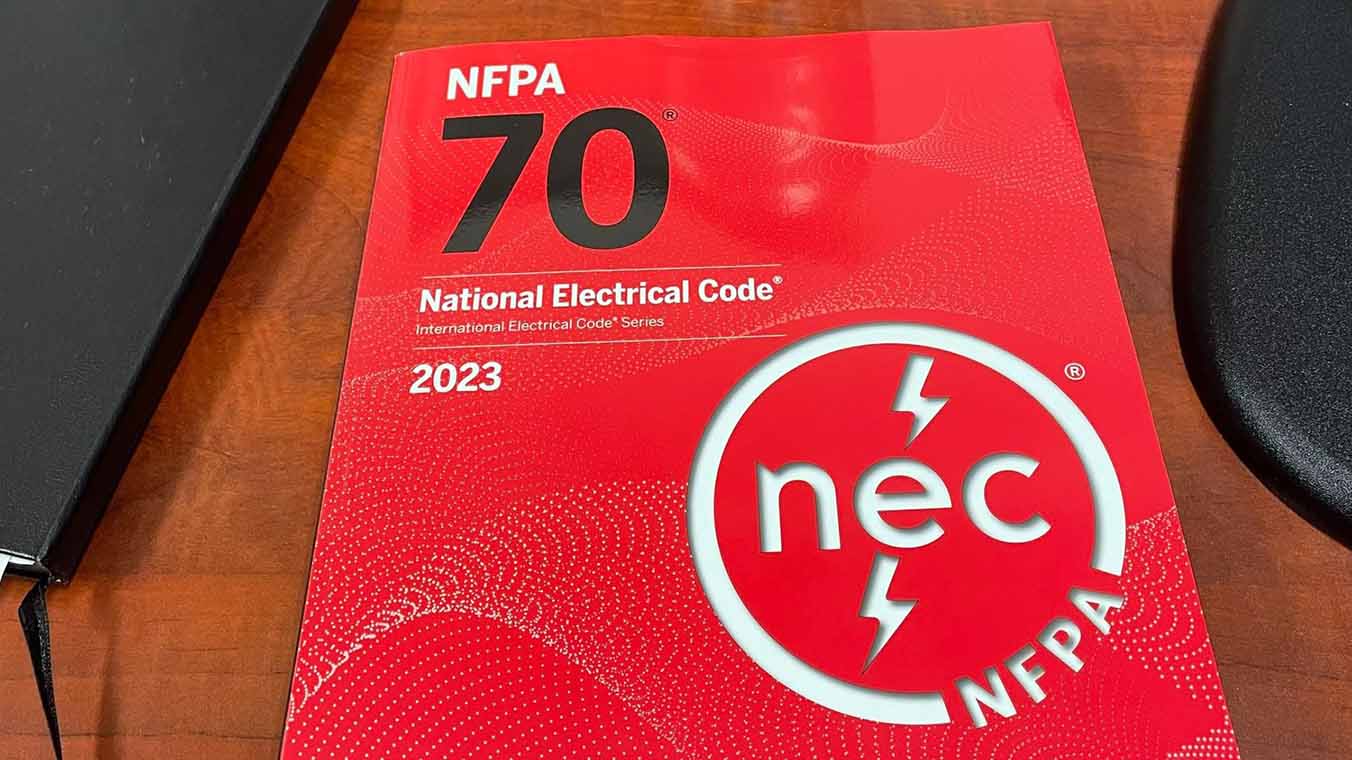
Technical Article
NEC 2023: Top 5 Code Changes for the Solar and Storage Industries
Exciting news for those of us in the industry who closely follow the evolution of PV and ESS codes! The 2023 National Electrical Code (NEC 2023) was recently released. We are all well accustomed to the dynamic changes and updates in Articles 690 and 705. This latest version of Code has many changes and clarifications in these articles. In this blog post we take a look at just a few of the most impactful ones.
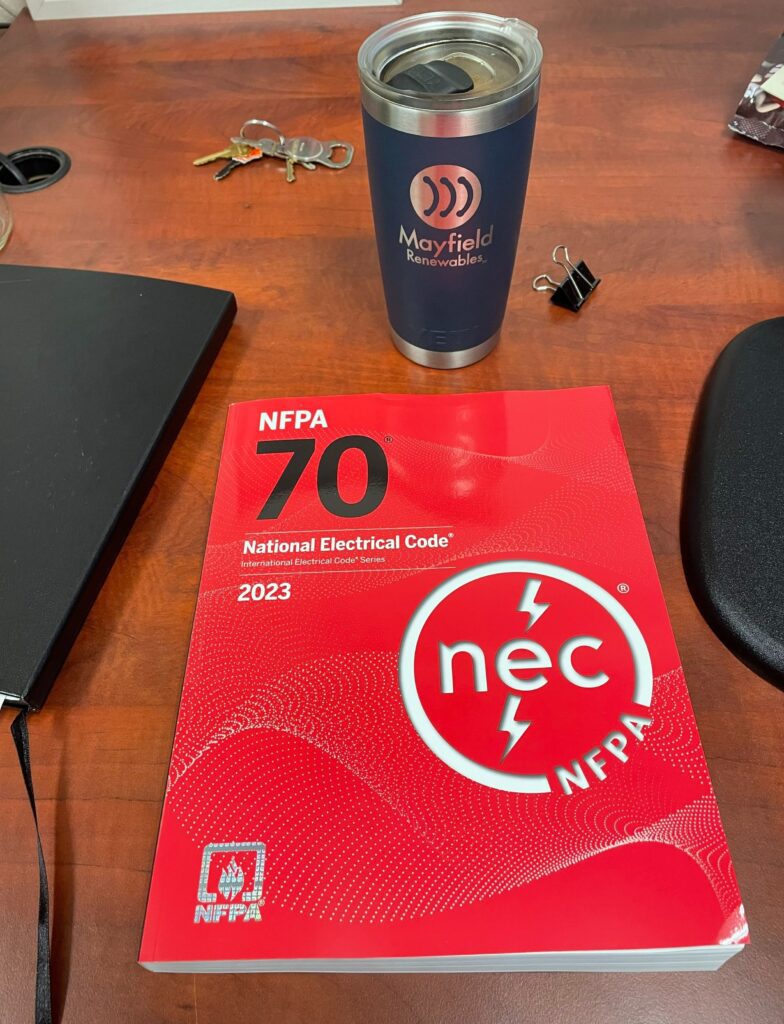
#1. Article 690, Sections 690.1 and 690.2, Scope and Definitions
Right off the bat, in Article 690, we can find significant changes. The 690.1 images added in 2017 (see below) have been completely changed. Several components referenced in previous versions were removed. Code also focuses on core system components and the various circuits within a PV system, while different system types are not explicitly defined.
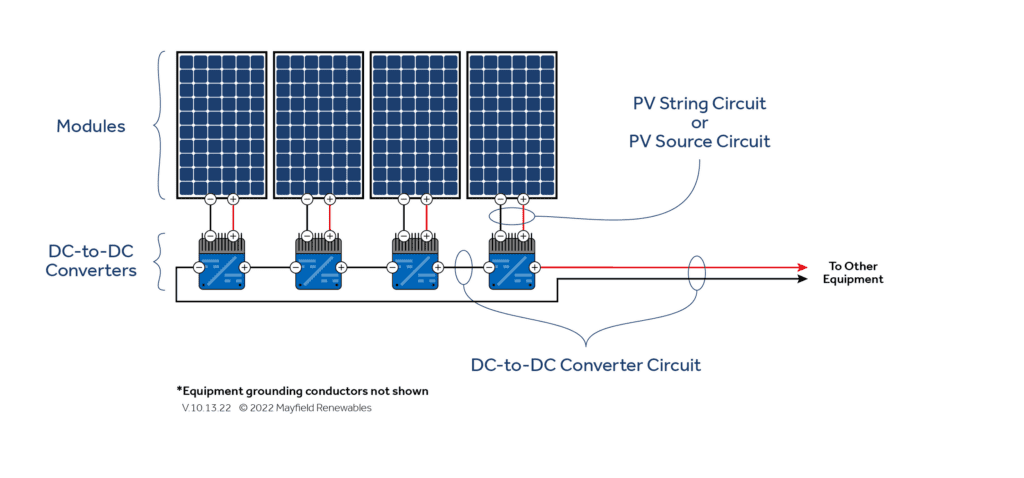
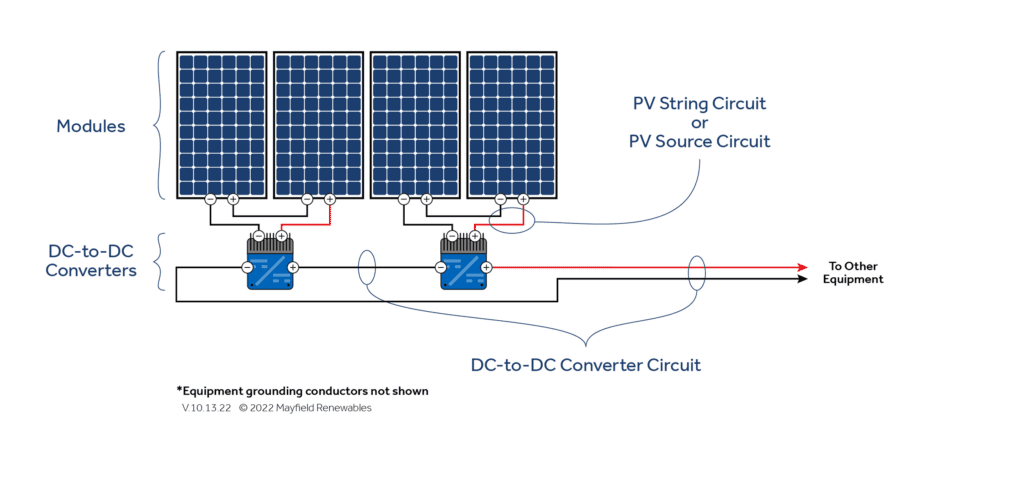
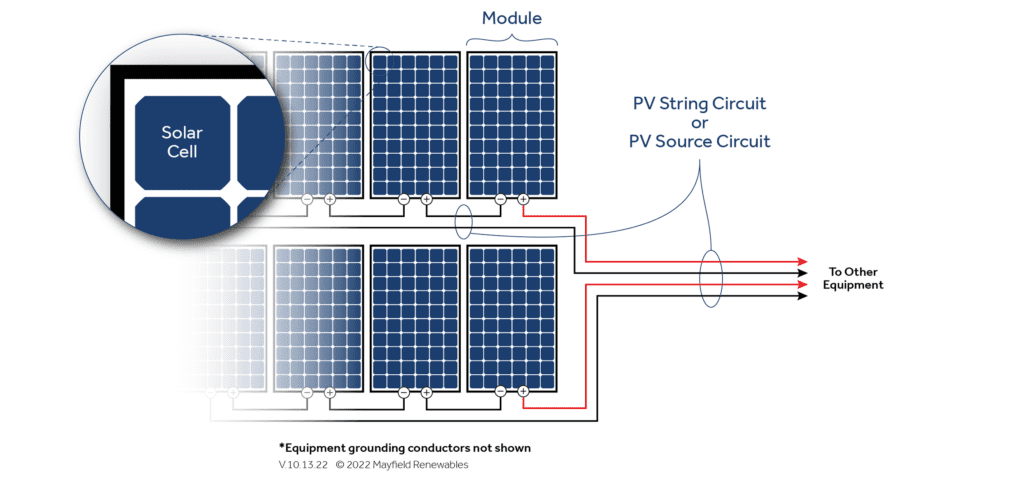
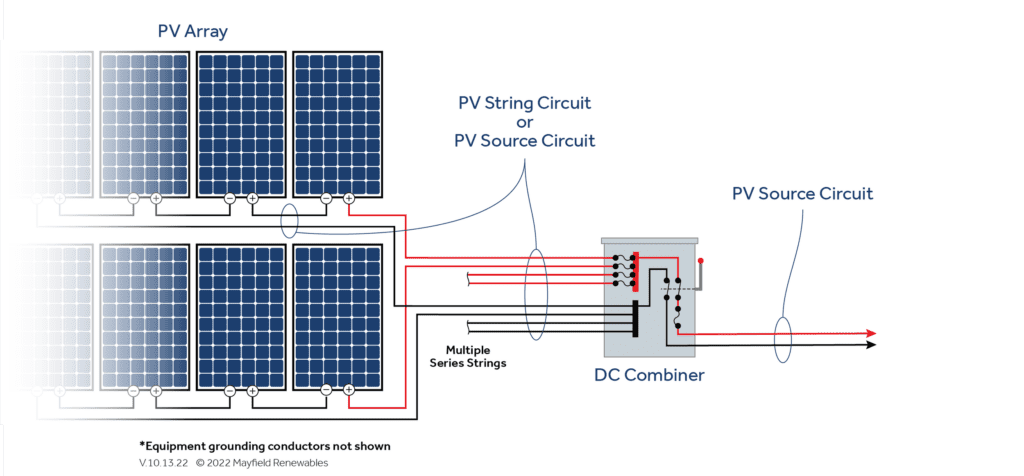
In addition, 690.2, Definitions, was completely removed from the article. Definitions can be found in Article 100, including some new and updated definitions. For example, the term PV String Circuit was added and defined as “The PV source circuit conductors of one or more series-connected PV modules.” And the definition of a PV source circuit now encompasses what was previously defined as PV output circuits.
#2. Section 690.7, Maximum Voltage
In section 690.7 Maximum Voltage, we see a change to the rules for our systems greater than 1,000V and a reference to a new section in the wiring methods part of 690. The end of the charging statement in 690.7 is where we see the most significant changes. One- and two-family dwellings are still limited to 600Vdc circuits, and other buildings are still limited to 1,000Vdc circuits. The way Code treats systems over 1,000V has changed. We are now referred to 690.31(G), a new addition entirely, for the requirements for these higher voltage systems.
In the previous Code version, there was a reference to 1,500Vdc systems indicating that they were exempt from Parts II and III in Article 490 when not installed on or in buildings. In 2023, Article 490 was replaced with Article 495, Equipment over 1,000Vac or 1,500Vdc, Nominal. Given the current status of PV equipment ratings, our systems do not exceed 1,500Vdc and Article 495 will not apply.
The new 690.31(G) language needs to be evaluated for the application of circuits over 1,000Vdc. This section explicitly disallows >1,000Vdc circuits on or in one and two-family dwellings as well as any building with habitable rooms. There are allowances for the circuits to be on the exterior of buildings with height and total length restrictions. This allows for the installation of some higher voltage circuits on buildings that were not allowed previously.

#3. 690.12, Rapid Shutdown of PV Systems on Buildings
Everyone’s favorite Code section to have an opinion on has some changes as well. In general, the requirements have not effectively changed; rather, some clarifications have been added. For example, Exception No. 2 was added to the charging statement, calling out non-enclosed detached structures such as carports and trellises stating they shall not be required to comply with 690.12.
Another common question for the controlled conductors received a clarification in the form of an exemption in 690.12(A). For circuits that originate from arrays not on buildings but which terminate on the exterior of a building, the requirements for controlled conductors do not apply. This means you can have a ground-mounted array that routes the dc circuits to an inverter mounted on the exterior of the building and be exempt from controlling those dc conductors.
#4. 690.31(C)(2) Cable Tray
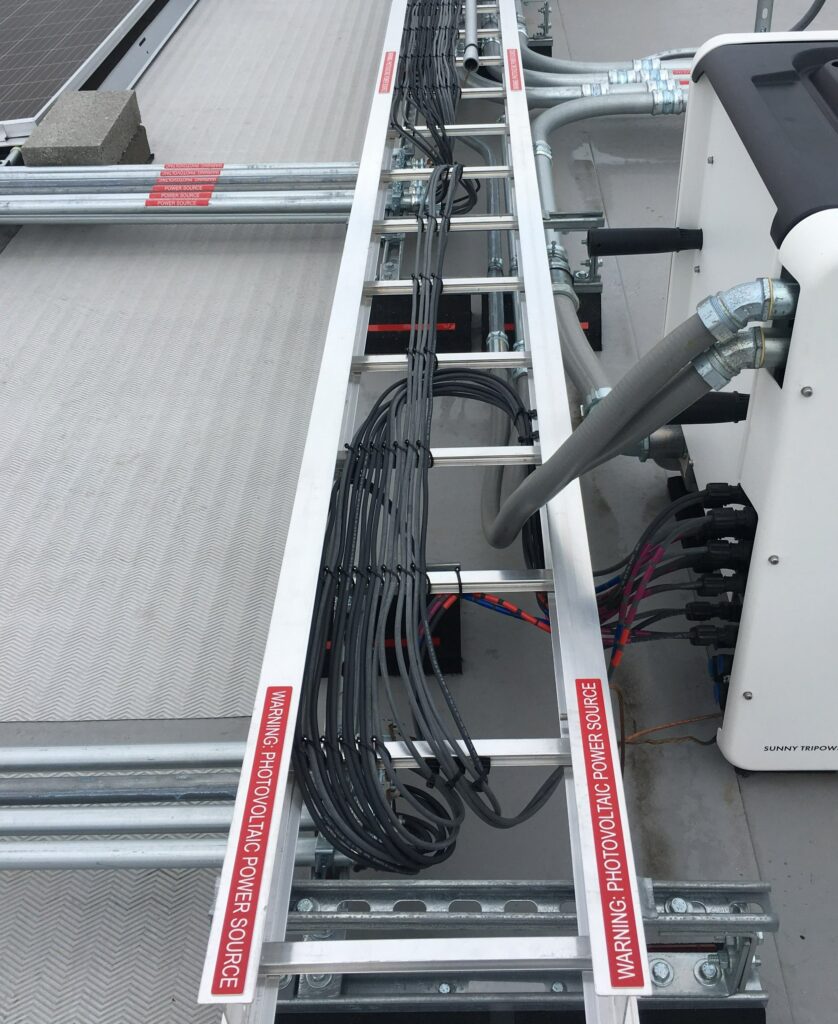
The allowance of PV conductors on rooftop cable tray showed up in the 2014 version of Code. This was a great addition that has been utilized, but with the 2023 changes, we are given greater clarification and guidance on installation practices and ampacity calculations. The new language directly references Article 392 and the requirements for adjustment factors to apply in ampacity calculations. The section goes one step further to dictate how to install our smaller gauge conductors by applying similar rules as in 392.
#5. Article 705, Section 705.11, Source Connections to a Service
Not surprisingly, section 705.11 received some updates and clarifications, starting with the section's title. We are still allowed to connect PV systems to the service disconnect's supply side, and our methods will look the same as before. The Code making panel did add new requirements for the connections, specifically around how splices or taps are made to service conductors.
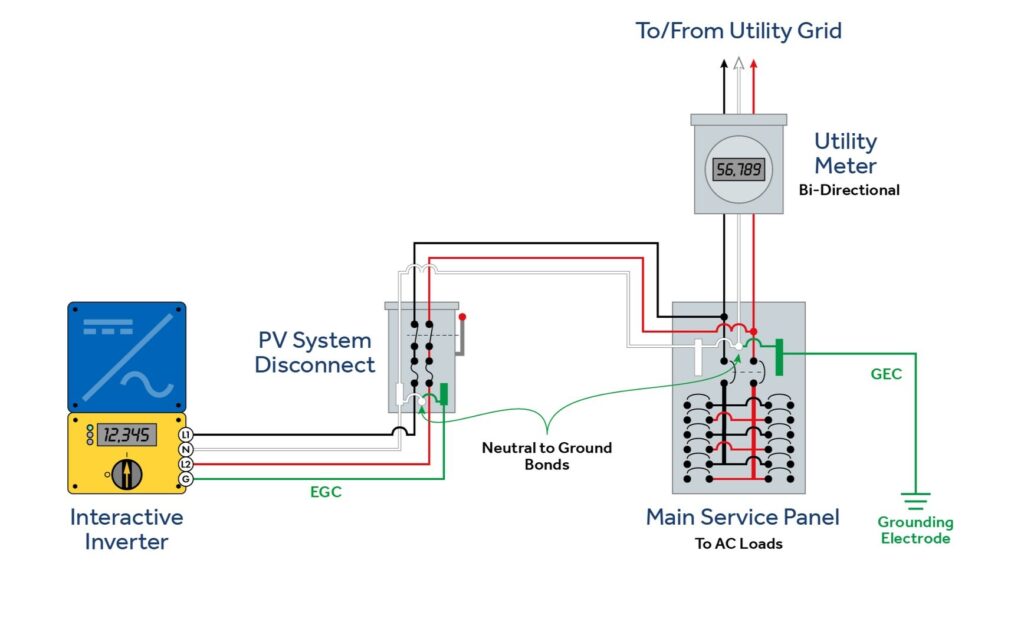
There are also new sections on service disconnecting means, as well as bonding and grounding. Overall, these 705.11 changes should benefit installers by adding greater clarity to the requirements for these connections.
Conclusion
There are many other changes to the NEC 2023 not mentioned specifically in this article. These were just the five that stood out most prominently. As always, with new code revisions, take your time going through the language to apply changes correctly and safely to your designs and installations.
Contact our team to inquire about Mayfield Renewables services—including system design, specialized consulting and educational programs. Contact us to start a project or learn more. You can also find more educational content such as Code Corner videos on the Mayfield Renewables YouTube channel.

